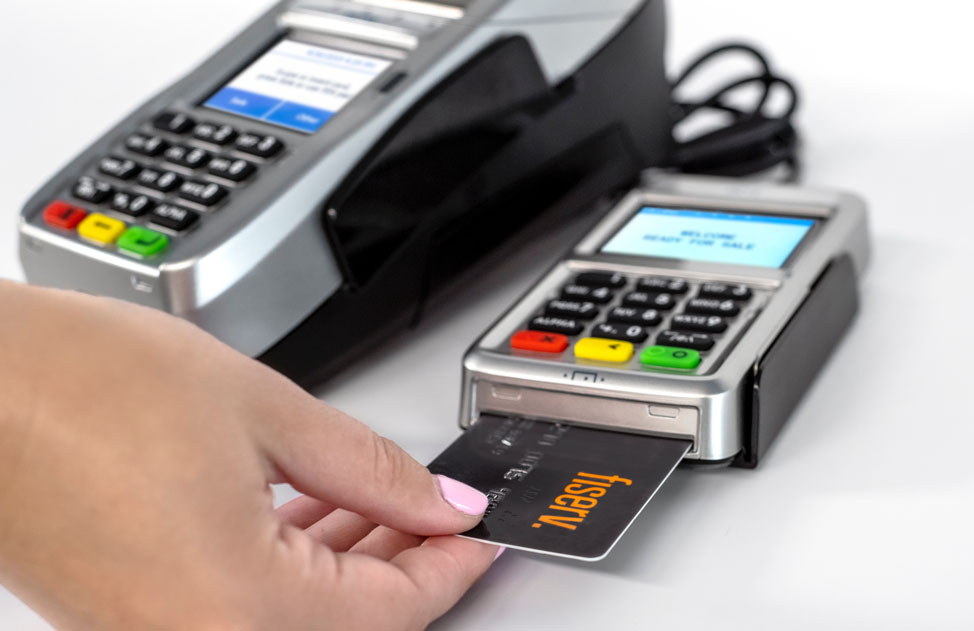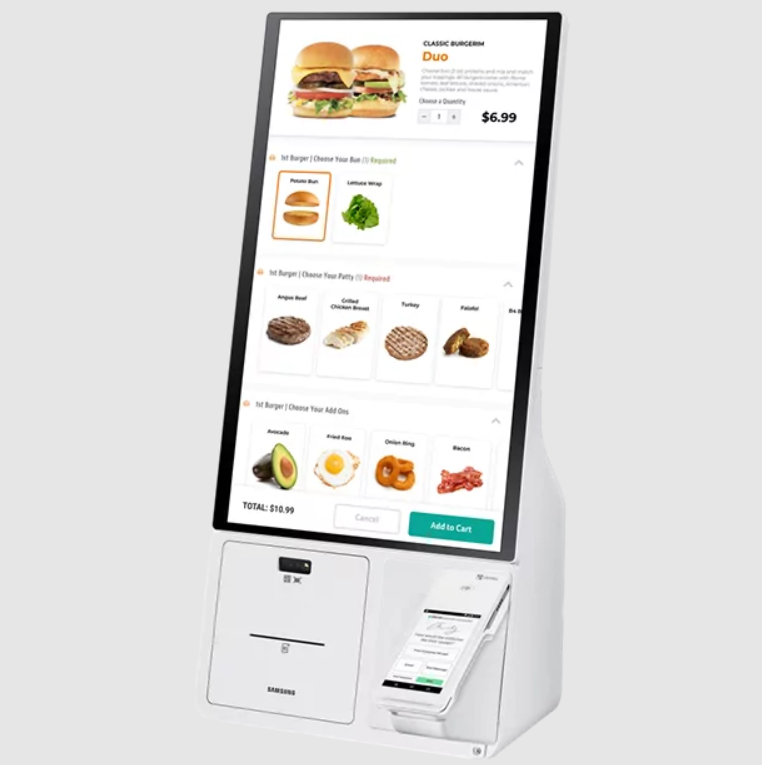There are three levels of specific credit card transactions which can occur. There are subtle differences between each level and what it means for both businesses and customers using them. Here is a look at what a level 3 credit card transaction is.
Understanding The Levels
Let’s begin by deciphering the levels and what the structured set up entails. Essentially, level one is a type of credit card transaction with the least amount of verification and/or authorization needed. It is both limited in what the business requires to approve of the credit card and there are less data field required in general.
This is why level 1 credit card processing is used for business to consumer transactions. While, level 2 credit card processing is referred to detailed transactions between businesses. The main focus here is level 3 credit card processing and what it entails. Essentially, this processing is used for government agencies and/or other related institutions where credit card processing is being completed. Since, this is a structured set up, level 3 processing includes everything from level 1 and 2 processing as well. Thus, it has the most data fields to complete.
Increased Control
What is the reason for level 3 credit card processing being put in place? The goal is to provide increased control to both parties ensuring the transaction goes through as smoothly as possible. Most credit card transactions being done at this level are going to require some attention to detail and therefore is often going to require more coded data.
Control is required to ensure the transaction is not being erroneously punched in and when it is put into the system, it is able to go through without a problem. This is where the increased control comes into action.
Data Fields
This point has been touched upon here, but what type of ‘data fields’ are put in during level 3 credit card processing? What type of information is sought out when doing this procedure?








